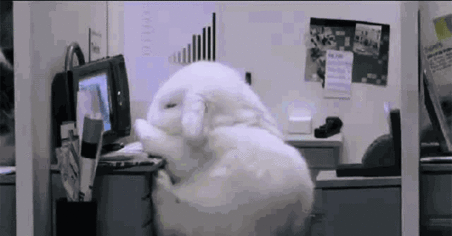This article is from: Life Times
Have you ever had this experience in your life? Lying or sitting for a long time, standing up suddenly dizziness, blurred vision, return to normal after a few minutes.
According to life experience, most people will attribute this discomfort to hypoglycemia or anemia. In fact, the real culprit may be low blood pressure.
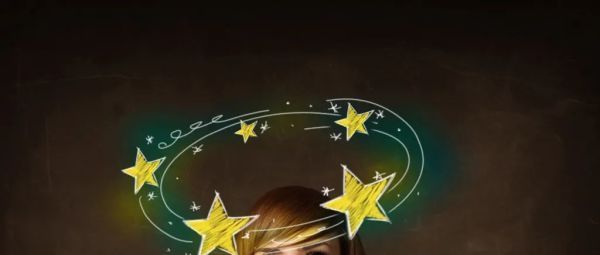
“Life Times” (search for “LT0385” in WeChat to follow) interviewed experts to interpret the relationship between dizziness and low blood pressure after standing up, and teach Your two movements relieve this discomfort.
Experts interviewed
Professor and chief physician of the Department of Cardiovascular Medicine, Nanfang Hospital Affiliated to Southern Medical University, Xu Dingli
Deputy President of Hebei Provincial People’s Hospital, Director of the Department of Geriatrics Guo Yifang
Dizziness when she stands up, may be orthostatic hypotension
Initial orthostatic hypotension, referred to as orthostatic hypotension, is a type of orthostatic hypotension. It is a manifestation of abnormal blood pressure regulation. The most direct feeling of people is that after standing quickly, there is discomfort such as dizziness and black eyes.
How can I tell if I have orthostatic hypotension? A sudden drop in blood pressure within 15 seconds of standing up, usually by more than 40 mmHg in systolic blood pressure or more than 20 mmHg in diastolic blood pressure.
Orthostatic hypotension may occur in all age groups, and should be considered according to age and constitution:
Young people
Even if this symptom is identified, Don’t worry too much.
Because orthostatic hypotension is not a pathological manifestation in most cases, a small part of it is secondary to other diseases, such as spinal cord disease, acute infectious diseases or serious infections, endocrine disorders, chronic malnutrition, etc., or it may be simple Because of the use of antihypertensive drugs or sedatives.
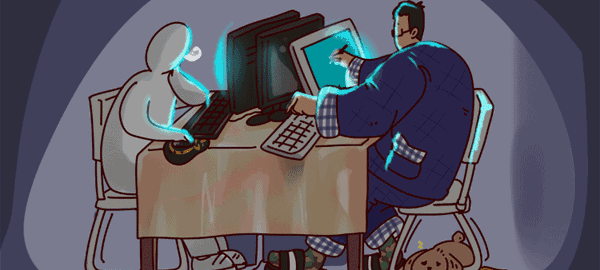
Elderly
Orthostatic hypotension is more likely to occur in the elderly, especially the frail elderly with multiple diseases.
With the increase of age, the vascular function of the elderly decreases, the muscle strength of the lower limbs weakens, and getting up after a long period of squatting is mostly accompanied by dizziness and difficulty getting up. Therefore, falls and bumps are not uncommon.
According to statistics, the proportion of orthostatic hypotension in the elderly over 65 years old is up to 15%, and the proportion of people over 75 years old is as high as 30% to 50%. Therefore, the elderly must pay attention.
Once orthostatic hypotension occurs, it is best to lie down immediately to avoid falls and injuries. At the same time, measure blood pressure and pulse to help diagnose.
After the body has fully recovered, blood pressure and pulse can be measured in different positions to confirm the diagnosis and prevent syncope.
The three types of hypotension have their own preferences
Generally, if the blood pressure is lower than 90/60 mm Hg, even if the blood pressure is low, different types of hypotension may cause dizziness. Among them, each type of hypotension has its own preference:
1
postural hypotension
posture changes, such as squatting, standing for a long time Due to insufficient blood supply to the head, symptoms such as blackness and dizziness appear in front of the eyes.
Elderly people with vascular sclerosis are more likely to appear. One is that the body’s ability to regulate blood pressure is reduced, and the other is that some elderly hypertensive patients are inappropriately taking antihypertensive drugs.
2
Physical hypotension
Weak people and women are more prone to it, some have no symptoms, and some may have long-term dizziness, fatigue, shortness of breath , lack of energy, fatigue and so on.
Many people rarely play sports because of their busy work schedule. Over time, the activity of blood vessels decreases, and the reactivity of blood vessels gradually deteriorates. For example, when squatting suddenly, blood pressure cannot easily rise, resulting in dizziness.
In addition, in order to lose weight, some women over-diet or have an unreasonable diet, and rarely consume foods rich in fat and protein. In the long run, it will lead to insufficient nutrient supply in the body, resulting in low blood pressure.
3
Transient hypotension
It is more common in hot summer, and the blood supply is reduced due to excessive sweating and dilation of blood vessels, which can lead to Temporary headache, dizziness, chest tightness and shortness of breath.

Two actions to relieve hypotension and dizziness
Hypotension generally does not require drug treatment. For common orthostatic hypotension, relieve There are two types of methods: non-drug and drug. Non-drug treatments are more common, for example:
In daily activities, be sure to avoid standing quickly, and change positions as slowly as possible;
When standing up from a lying position, you should first change from a lying position to a sitting position, and then stand up slowly after a few minutes;
Appropriately increase sodium and water intake to ensure adequate blood volume;
Supplement vitamins or minerals lacking in the diet to prevent anemia;
Prevent postprandial hypotension; limit alcohol intake, etc.
In addition, experts from the Libin Cardiovascular Research Institute of the University of Calgary in Canada gave two recommended actions after evaluating the effect of the intervention.
Before standing, lift your knees repeatedly for 30 seconds to quickly activate your lower body muscles;
After standing up, quickly do cross-leg movements to tighten your lower body muscles as much as possible.
The study found that the above two physical intervention methods can significantly alleviate the downward trend of arterial pressure, but the effect mechanism of the two is slightly different:
Lifting the knee before standing can reduce Increases cardiac output when sitting, which in turn relieves the sudden drop in blood pressure when standing;
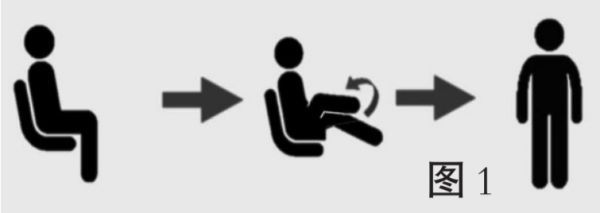
Crossing your legs after standing can promote the veins in the lower extremities Blood return, relieve the trend of blood pressure drop, weaken systemic vascular resistance.
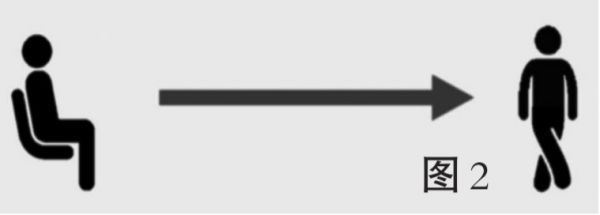
Researchers suggest that, in addition to people diagnosed with orthostatic hypotension, other people who have similar symptoms can practice these two movements regularly to achieve better results. Prevent accidents such as fainting. ▲
Editor of this issue: Zhang Yu
Wait, click on the bottom right corner to watch
